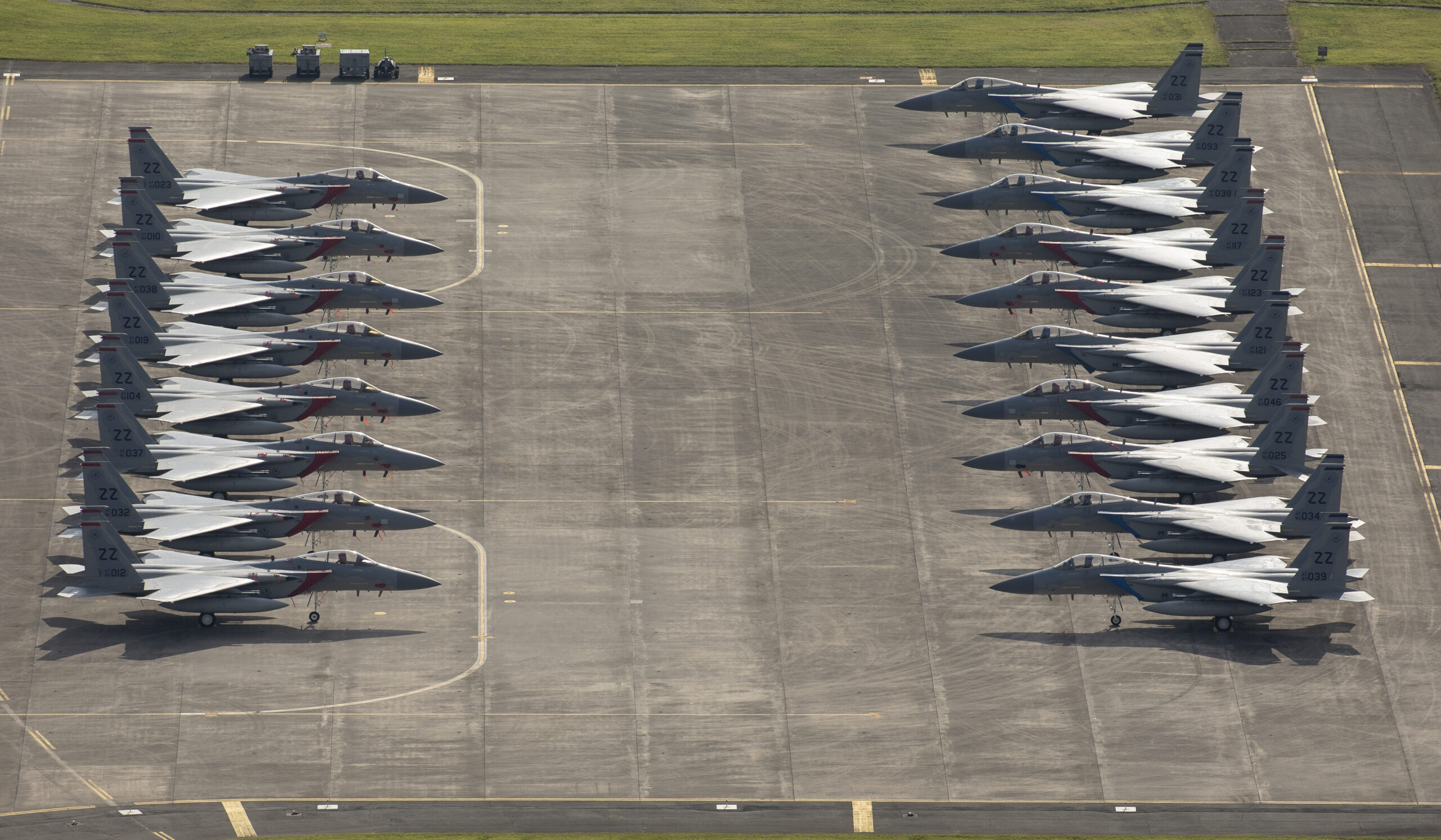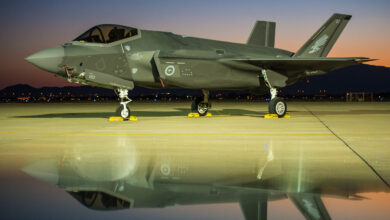Pentagon Boosts Fighter Jet Presence in Japan
The US Department of Defense is planning to enhance its fighter jet presence across multiple military bases in Japan.
The move supports a $10-billion investment to strengthen the alliance between the US and Japanese armed forces and further maintain security in the Indo-Pacific.
According to the Pentagon, the project includes the replacement of 48 F-15C/D combat aircraft stationed at the Kadena US Air Force Base in Okinawa with 36 F-15EXs.
This shift followed a decision in 2022 to employ “newer, more advanced systems” to “uphold treaty obligations” with the Japanese government.
The agency wrote that the Joint Force will continue its rotational presence at the air base using fourth and fifth-generation fighter jets until the transition concludes.
The US Air Force will also withdraw 36 F-16 Fighting Falcon aircraft from the Misawa Air Base and replace them with 48 F-35A Lightning IIs.
Meanwhile, the US Marine Corps will reconfigure its F-35Bs deployed in Iwakuni as part of the enhanced presence.
The service will sustain “an enduring and rotational aircraft presence” as the transition in the city moves forward.
“The Department’s plan to station the Joint Force’s most advanced tactical aircraft in Japan demonstrates the ironclad US commitment to the defense of Japan and both countries’ shared vision of a free and open Indo-Pacific region,” the US Department of Defense said in its press release.
Osprey Returns to Flight
In a separate notice, the US Air Force confirmed that it has resumed flight operations for the CV-22 Osprey vertical takeoff and landing (VTOL) aircraft at the Yokota Air Base in Western Tokyo.
This announcement lifts the restriction caused by an incident in late November 2023, in which an Osprey crashed off the coast of Japan and killed eight US airmen.
The air force noted that the decision to pass this order was based on “a meticulous and data-driven approach” and supported by maintenance and procedural mitigation training to ensure the platform’s safe return to flight.

“We remain steadfast in our commitment to ensuring the safety of the men and women who operate our aircraft and the safety of our community both on base and in Japan,” Special Operations Squadron Commander Col. Matthew Davis explained.
“These safety mitigation measures have been taken seriously, and we would not fly this aircraft without full confidence in the measures, the maintenance professionals implementing them, and the skilled professionals who fly it.”












